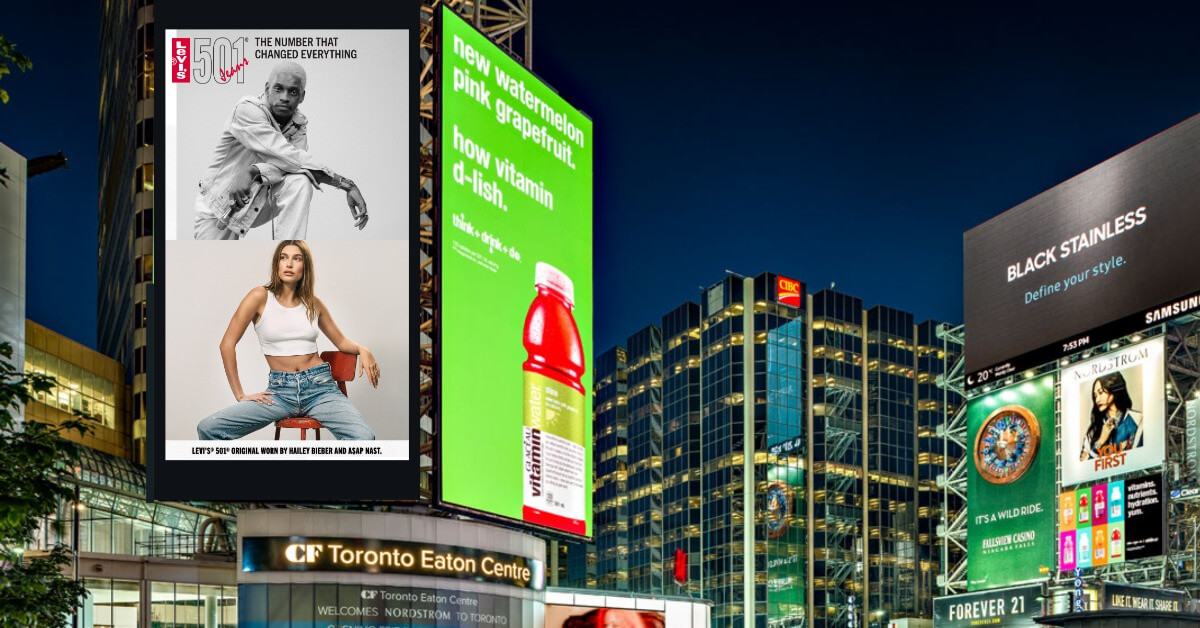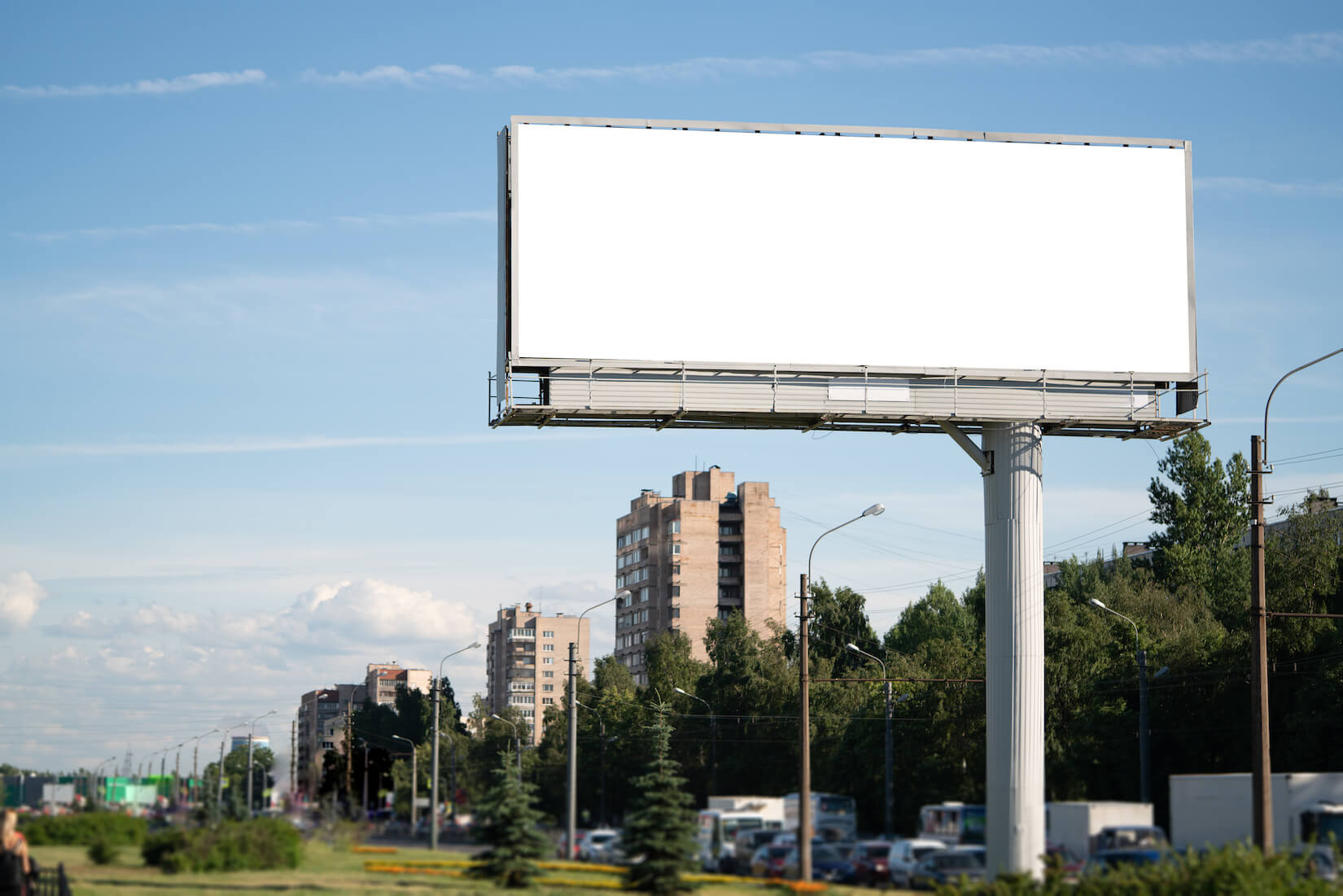
This was originally published in DM Magazine by Michael Brooke.
While outdoor media might be the oldest form of advertising, it has in recent years made some significant leaps in technology and innovation. As Scott Mitchell, Managing Director Vistar Media Canada explains, “if you look at your own experiences in the real world and you think about the way that you move from your house to your office to meeting friends after work, you're open and more receptive and engaged with digital outdoor media.”
Digital Out of Home advertising is a compelling way to connect with consumers for a number of unique reasons. “Many of us are in front of a computer 75 percent of our working day,” says Mitchell. “Out of home reaches people when they are disconnected - when they are not in front of their screen and doing things they really enjoy doing. This could be things like picking up their kids or going to a sporting event or something as simple as going for a walk.”
But outdoor media is somewhat different from what one finds in other parts of the digital landscape. When using the web, cookies enable customized interaction with each consumer. Outdoor is a one-to-many audience. Advertisers take a larger funnel approach, but there are nuances that can be added to make the marketing message that much more impactful.
For most of its existence, out-of-home media was strictly a geographically based medium - after all, it started with a billboard poster and sticks in the ground. The onset of digital signage allowed advertisers and media owners to change messaging and to monetize things a little bit more by adding additional advertisers. Traditionally, marketers buy out-of-home advertising by choosing a specific postal code and then approach every billboard media company and inquire about space. There are a few dozen of these media companies and they offer thousands of unique screens across Canada. It can take a huge amount of time and effort to organize a plan to reach a specific demographic.
But another approach allows marketers to index all these various media outlets. This is where technology companies like Vistar have found success. “Our software allows brands to achieve their marketing initiatives by removing a lot of the manual process,” says Mitchell.
Vistar’s technology is centred on three pillars. The first is automation, which means users can simply log into the platform and start to choose exactly who they want to work with immediately. There are no phone calls or emails - every transaction is automated.
The next pillar is data. This is an opportunity to reach a specific demographic by using quantifiable data. Vistar aligns this with time and movement-based information. Finally, there is the pillar of measurement. “Our customers want to know if their investment in outdoor moving the needle forward” This can range from things like brand awareness, purchase intent, purchase consideration and things like foot traffic” says Mitchell. Vistar works with advertisers to model different campaigns and choose the best one that achieves their marketing objectives.
As a way to illustrate the power of outdoor digital advertising, Mitchell offered up the example of a bank’s marketing initiative hoping to target the area of Markham, Ontario. “We could take a list of all their bank branches that exist in Markham, input them into our platform and build a plan that would map out every single out-of-home venue type that’s within a one-kilometer radius or 100-metre radius of these banks. The bank would be able to put whatever message you want on those boards.” The message could be that reminds people about a special offer within these locations.
Digital provides flexibility and allows advertisers to test different messages and swap creative practically in real time. Additionally, technology allows marketers to take things one step further. As Mitchell explains, “assuming you already know a lot about the demographics of a certain area, now it becomes a question of where do people go once they leave that area?” Marketers want to know how best to connect with consumers with the right message at the right time. Mitchell calls this a probabilistic movement pattern. It selects the affinity of a specific audience based on passive mobile location data. The information is PI compliant and it gives companies like Vistar insight into people’s travel habits and how they are moving throughout the day.
Armed with this information, Vistar can now build out a complete campaign and start to understand where the audience went once they left the bank. As an example, you can start to understand the patterns of people who start at the bank, go to the shopping mall, then go for lunch, stop by the grocery store and then finally go home. “If you examine this pattern, then you recognize that we’ve already defined them as a specific bank customer,” says Mitchell. “The opportunity to remind them of an offer can exist as that pattern throughout the day.”
When it comes to providing psychographic and demographic data points, Vistar can also plug in this information. Companies can define their audience through Environics PRIZM database and this information can be merged with geo-spacial processing which provides time and movement. From here, the data can be uploaded to the site to create a complete multi-platform outdoor plan from a variety of different inventories.
While the success of Vistar’s approach is based on a number of factors, one key element Mitchell stresses is that of measurement. “Eighty percent of our clients who come back and work with us do so because we have a very compelling story. We can consolidate everything to the platform. We can look at a number of parts of the sales funnel and slice and dice it. From brand recognition to purchase intent, we can show clients how their investment in out-of-home actually moved the needle on brand metrics.”
When it comes to the evaluation of the effectiveness of outdoor advertising, Vistar works with third parties who run studies on both exposed and controlled groups. From here, they can work with the brands to create the most effective media plans. Vistar also does foot traffic studies and knows exactly the time a specific outdoor ad was shown. They also know all the passive mobile location data that would have been exposed to the ad. Vistar can take this information, and integrate it into measurement studies to determine how effective the ad was within the sales process.
“Since we know what time a consumer saw a specific ad, we can collect that mobile information and pass that information back to our client,” says Mitchell. “From here, specific marketing messages can be sent to the consumer's smartphone.” The technology integrates both outdoor (digital billboards) and indoor (on your phone) creating a seamless experience that truly completes the marketing circle.


